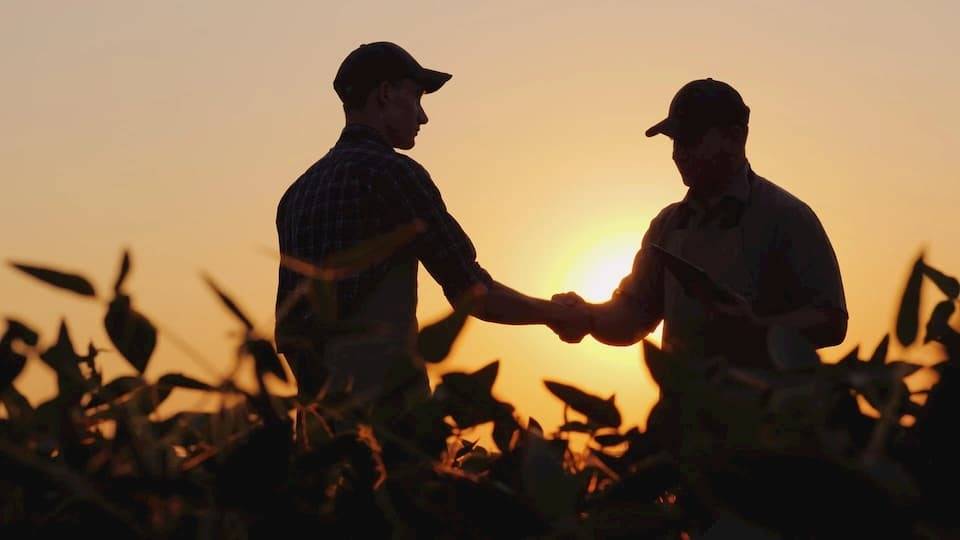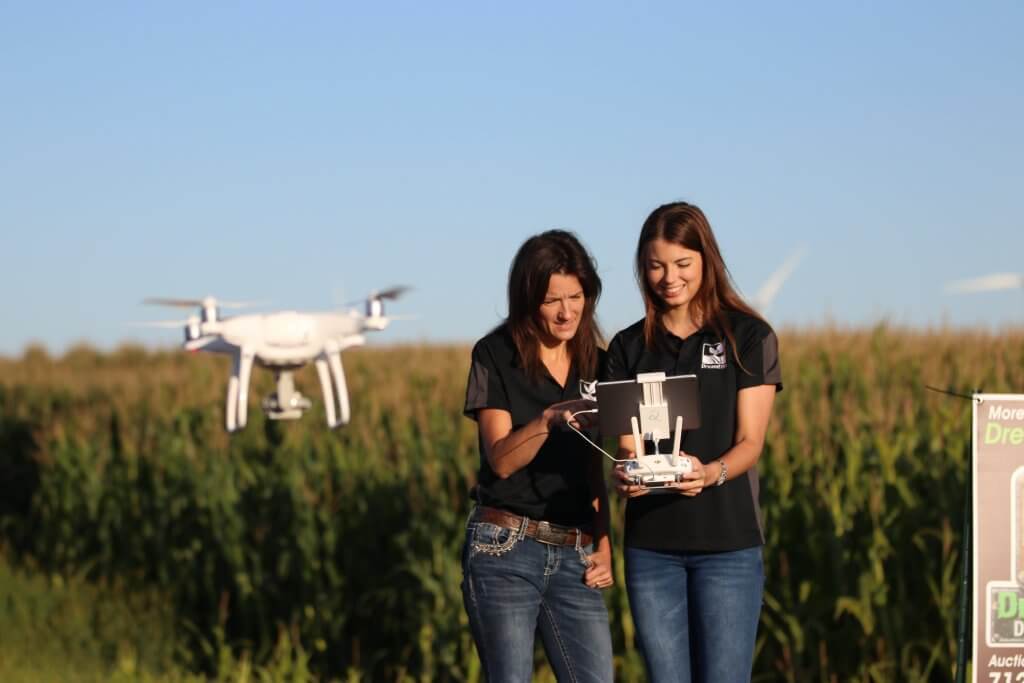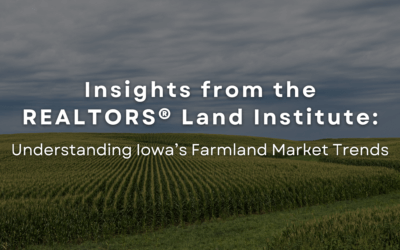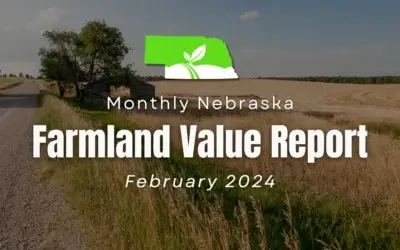“We Want To Have An Auction” 5 Steps To A Successful Auction Outcome

How to Have An Auction
I get phone calls saying, “We want to have an auction,” or, “We need to set up an auction with you.” I usually ask them, “What are we selling?” to start to get a handle on what an auction really means to the caller. I’ve noticed that most people define “auction” in their mind by past experiences they have had or by what they have seen others do. They truly don’t understand that an auction is more than just people coming together to bid on things. Now, I won’t say that isn’t an auction – it is. But an auction is really “the auction event” – its the culimiation of all of the research and effort for 30 days previous to that.
If you find yourself in the situation of wanting to “have an auction,” let me offer this advice to create a smooth path forward:
We follow these 5 steps at DreamDirt when creating auction campaigns.
- Setting the Sellers Objective
- Defining the Positive Outcome
- Identify the Core and Secondary Markets
- Advertise/Market Phase
- Executing the Sale
1. Setting The Sellers Objective
When you want to “have an auction”, everything starts from the moment you call me. We have to first define our objective in having an auction. If you were selling 160 acres of farmland, we might agree our objective is, ‘To achieve the highest price possible for the 160 acre tract of land you inherited from your parents estate’.
But the objective is not always the highest price. Sometimes the objective revolves around honoring your loved ones last wishes or finding a certain type of buyer with similar farming practices. An objective can even be to achieve a certain timeline. In that case, our objective might be, ‘To identify and procure the highest bid for the 160 acres and close before July 1st’.

2. Defining the Positive Outcome
What is your ideal outcome? This might seem very similar to setting an objective, but deals more with what the seller feels is the ideal sale result. Is it based on dollar amounts, convenience, time, family relationships, or successive owner qualities? Maybe its that the deal itself is tailored to your needs in some special way.
In defining your positive outcome, you just really need to ask yourself, “What would be the perfect result”. It is different for everyone, and – often like an onion – it has layers. The best way to deal with those layers is to prioritize the levels of outcome – what is more important and what is least important.
I realize that when working with multiple siblings it can be difficult to come to a consensus. But I’ve also found that a structured conversation with equal input is the best way to achieve this. In my experience, most families have at least one sibling with a different idea of a positive outcome – and that’s fine! Take time to work through those ideas and test compromises that might create the ideal outcome for your family. Over my years of selling farmland I’ve learned there are often compromises that can help everybody feel good about the situation, even when it seems like the opposing viewpoints could never come together.
3. Identify Your Core and Secondary Markets
Once you know your ideal outcome, you can identify the core market and secondary markets for what you are selling. You are looking for demand for what you are selling. Whether your auction is for farm equipment, tillable farmland, or hunting ground, that demand is always moving around. While some elements of demand remain steady, the top end of demand is fluid and moves between demographics and geographic areas.
To help understand this, I’ll offer you a few examples: When Facebook built their campus in the Des Moines metro area, it created a whole pool of 1031 land buyers that had money they needed to spend by a certain time. At that time, identifying the Des Moines area as a market for a northwest Iowa farmland auction was ideal. It generated many interested buyers for our sellers.
The same is true of farm equipment auctions where demand is obviously tied to profitability. When Illinois has a great crop season, but western Iowa has a poor crop season, it makes sense to identify parts of Illinois as a market for advertising farm equipment in western Iowa. Because of Illinois’ profitability, that market will have a higher demand for those western Iowa items.
4. Auction Advertising and Marketing
Identifying core and secondary markets requires an understanding of push-pull marketing strategies. Each of our campaigns at DreamDirt includes both types of marketing approaches. With a Pull Campaign we are actively seeking buyers and working to attract them to your asset. This often includes signs on the farm, newspaper ads, color fliers, direct mail, digital advertising, radio ads, and many more items that are aimed at the core market.
Push Campaigns are the results from our existing resources or regular advertising. Our push assets are typically assets that are aimed at generic buyers or buyers that are perpetually looking at no specific assets. A few examples: we have people that often check our website for new listings, or sign-up for our bi-weekly email list, or follow us on social media. These are the “built in” bidders at DreamDirt. We never stop working to grow our amount of “built in” bidders – we have a large variety of brand advertising that ranges from roadside billboards, radio ads, tradeshows, blogs and even the caps we hand out.
The Push and Pull Campaigns both live individual lives but often share resources. For example, each auction is listed on our website and that listing is the central portal for your auction. Those listings are also shared between the Push and Pull Campaigns. In the Pull Campaign the website listing is a mid-level asset, but in the Push Campaign it is a top level asset and entry point into the buying journey.
5. Executing the Sale
Everything that has been done up to this point was in preparation for this moment. Executing the sale is different for different sale methods or auction methods. If your assets are selling by a Live Auction, then your auction has a starting time – there will be about a 1 hour period where bidders will compete. If you are selling using a Timed Online Auction, then your auction has an ending time – the auction will end when that time is reached but the most bidding activity will occur in that last hour. Whether you have chosen an online or live method of sale, this 1 hour timeframe will be a critical time for you.
Abiding by best practices for auction sales is very important. These are the moments buyers are making critical decisions for themselves and competing with others at the same time. While the auction process may seem very simplistic, there are a myriad of complex decisions to be made. Management of this process is what will determine how close you come to achieving your auction objectives and positive outcome.

Jason J Smith
Auctioneer & Land Broker
Jason is an experienced farmland broker and auctioneer with extensive experience in farmland sales across this Midwest. Jason has worked with hundreds of clients to create advantageous outcomes. If you are selling land schedule a consultation with Jason by calling or using the calendar.
Phone: 515-537-6633
Request a Free Valuation for Your Farm or Land Property
Whether you’re ready to start the selling process, or even remotely curious, we will gladly provide you with a FREE Market Analysis! If you are in a position to sell land in the Midwest, we want to help you achieve the top of the market on your sale.
Insights from the REALTORS® Land Institute: Understanding Iowa’s Farmland Market Trends
Iowa Land Price Trends At DreamDirt Auctions, we're committed to keeping our audience of landowners informed about the latest developments in the agricultural real estate market. Today, we're excited to share insights from the REALTORS® Land Institute - Iowa Chapter's...
Unlocking the Value of Nebraska Farmland: A Comprehensive Guide to Current Land Prices and Expert Insights – February 2024 Report
Welcome to Our Monthly Nebraska Farmland Value Report In this monthly report, Jason Smith, Nebraska Land Broker and Auctioneer dives into Nebraska farmland values, helping you understand the factors that determine what your farm is potentially worth. Our goal as...
Unlocking the Value of Minnesota Farmland: A Comprehensive Guide to Current Land Prices and Expert Insights – February 2024 Report
Welcome to Our Monthly Minnesota Farmland Value Report In this monthly report, Jason Smith, Land Broker and Auctioneer dives into Minnesota farmland values, helping you understand the factors that determine what your farm is potentially worth. Our goal as auctioneers...




